Table of Contents
Affiliate link notice: As an affiliate of BetterHelp and other third-party vendors, We will receive compensation if you make a purchase using the links provided on this page. For more information, visit our disclosure page.
Last Updated on December 30, 2022 by Randy Withers, LCMHC
Over the past few months, I have been researching ways to manage PTSD symptoms at home.
The reason? In an age of global pandemic, access to traditional mental health services has become a challenge. Many providers have moved to Telehealth due to CDC recommendations and social distancing.
As a result, many who suffer from PTSD symptoms have been forced to get creative.
I wanted to find ways to cope with PTSD without leaving your home, because agoraphobia is a common condition that results from PTSD. Agoraphobia, if you don’t know, is a fear of open spaces or of crowds. Agoraphobic are often afraid to leave their home.
Does that describe you or someone you love?
If it does, this post is for you. Fortunately, there are effective ways to manage your PTSD from the comfort of your home. While I do recommend that you avoid isolation, I also understand that feeling safe is a crucial aspect of recovery. you must do what you think is best for your own situation.

What You Will Learn
It’s my hope that by the end of this post, you’ll have a good understanding of what PTSD is, how to manage it, and what you should do with all this new information. Here are the points I’ll be making:
What Is PTSD?
Post-Traumatic Stress Disorder (PTSD) is a complicated mental illness that stems from exposure to a traumatic event. Usually, we’re talking about a life-threatening experience where the victim believes they are going to die or be seriously injured.
Common examples of traumatic events
- Rape and other forms of molestation
- Car accidents
- Terrorism
- Fires and natural disasters
- Robberies and home invasions
- Kidnapping
- Combat
- Domestic Violence
This is not an all-inclusive list. With children, neglectful parenting, divorce, and parental drug use all qualify as traumatic events.
Diagnosing PTSD
Post-traumatic Stress Disorder is one of the more difficult mental illnesses to properly diagnose, as there are a number of criteria that must be met. With all diagnoses of PTSD, exposure to a traumatic event must be present.
The Mayo Clinic provides an excellent overview of PTSD symptoms, which I have included here.
Intrusive memories
Symptoms of intrusive memories may include:
- Recurrent, unwanted distressing memories of the traumatic event
- Reliving the traumatic event as if it were happening again (flashbacks)
- Upsetting dreams or nightmares about the traumatic event
- Severe emotional distress or physical reactions to something that reminds you of the traumatic event
Avoidance
Symptoms of avoidance may include:
- Trying to avoid thinking or talking about the traumatic event
- Avoiding places, activities or people that remind you of the traumatic event
Negative changes in thinking and mood
Symptoms of negative changes in thinking and mood may include:
- Negative thoughts about yourself, other people or the world
- Hopelessness about the future
- Memory problems, including not remembering important aspects of the traumatic event
- Difficulty maintaining close relationships
- Feeling detached from family and friends
- Lack of interest in activities you once enjoyed
- Difficulty experiencing positive emotions
- Feeling emotionally numb
Changes in physical and emotional reactions
Symptoms of changes in physical and emotional reactions (also called arousal symptoms) may include:
- Being easily startled or frightened
- Always being on guard for danger
- Self-destructive behavior, such as drinking too much or driving too fast
- Trouble sleeping
- Trouble concentrating
- Irritability, angry outbursts or aggressive behavior
- Overwhelming guilt or shame
For children 6 years old and younger, signs and symptoms may also include:
- Re-enacting the traumatic event or aspects of the traumatic event through play
- Frightening dreams that may or may not include aspects of the traumatic event
Prevalence and Presentation of PTSD
In the United States, it is estimated that 8 percent of the population struggles with Posttraumatic-Stress Disordee (PTSD). Trauma is defined as a disturbing or terrifying event that is experienced firsthand or witnessed.
PTSD is a serious mental condition that should be treated with self-administered coping skills and working with a licensed therapist.
When someone struggles with PTSD it can affect every part of their lives. It can make doing everyday activities extremely challenging or impossible.
It’s also common for people who struggle with PTSD will turn to unhealthy ways of coping such as excessive alcohol or drug use. This can lead to developing addictions towards these substances, which will only make PTSD symptoms worse.
Unfortunately, due to stigmas and other shame-based issues, people with PTSD will try to ignore their symptoms of anxiety. This can be a debilitating way to live life because you are constantly haunted by the event that triggered the PTSD, to begin with.
It’s important to remember that working through your PTSD or managing it in a better way is possible. It’s also important to remember that PTSD treatment both exists and is highly effective.
With that said, here are 11 ways to manage your PTSD at home. These are simple interventions that anyone can do, but they are powerful and effective.
It’s important to be patient with yourself while you try each one to see which ones work best for you and your symptoms of PTSD.
11 Ways To Manage PTSD Symptoms at Home
1. Mindfulness
Mindfulness is a practice of retraining your mind, which is scientifically proven to help with anxiety and depression. The point of mindfulness is to learn to focus on the present moment as much as you possibly can.
An everyday example of mindfulness is to focus intently when you are having a conversation with someone. Being fully present in a conversation and being able to listen to hear instead of just listening to respond is the way to achieve mindfulness in this way.
Mindfulness trains you to be present in your mind, without being distracted by things going on around you or intrusive thoughts. The wonderful thing about mindfulness is that every human can use it.
You are already born with the ability to practice mindfulness – you just have to find it. If you are new to mindfulness you can try listening to guided meditations or watching a virtual yoga class.
Both of these activities will help you work on your deep breathing and help you to focus on your thoughts.
2. Journaling
Journaling is a form of writing that can help you work through any mental health issues or just document your daily life. If you are journaling to express yourself, this can be extremely therapeutic in nature.
There are different ways that you can journal. You can research prompts that will get you thinking about your feelings. Or, if you would rather, you can just do a “mind dump” and just write down everything you are feeling.
You might also consider creating a gratitude list. Every morning when you wake up and every evening before you go to bed, write down 10 things you are grateful for.
It may seem strange at first but it has actually helped a lot of people manage their anxiety, depression, fears, or anything else that needs to be worked through.

3. Distraction
Using distracting as a form of coping can be necessary when your emotions get too strong. In this sense, distraction is defined as an activity you can focus your attention on without choosing a negative coping skill to cope.
This activity should be something that you are able to focus on without being easily distracted by intrusive thoughts that you may have. It’s important to remember that distraction should not be used for too long.
If you rely on distracting yourself for too long of a time period, you may become used to avoiding your feelings, which will not help your PTSD improve.
A good example of a healthy distraction is doing a puzzle. A puzzle is an activity that is engaging but not too complicated.
This is the perfect balance of keeping you distracted without having to use too much energy to focus on this new task.

4. Socialization
Human beings are social creatures by nature and need interaction with others to live well-rounded lives. By “socialization”, I mean interacting with others in a casual social setting.
It’s imperative that you only confide in people that you can trust and that you feel comfortable sharing anything regarding your PTSD. People usually have good intentions, but they may not always understand that the way they say something can trigger struggling individuals.
Another form of socialization you can take part in is a PTSD support group. Many of these groups are offered virtually as well, which can make attending meetings a little more approachable.
5. Develop Positive Coping Skills
Coping skills are activities that we use to soothe uncomfortable feelings. There are positive and negative coping skills.
Negative coping skills include smoking cigarettes, self-harm, and illicit drug or alcohol use. While these may dampen symptoms in the short term, they often lead to long term consequences.
Positive coping skills, on the other hand, increase your quality of life with little to no cost.
Almost any positive activity can be a coping skill. Using coping skills can be incredibly helpful for people struggling with PTSD.
Some examples include:
- Meditating
- listening to music
- gratitude lists
- deep breathing
- reaching out to social supports
- hobbies
- exercise
It may take some time to discover which coping skills work best for you. Creating a “coping skill toolbox” can be a great way to have your coping skills ready when symptoms start to hit.

6. Progressive Muscle Relaxation
Progressive muscle relaxation is an effective tool to manage symptoms of PTSD. Often, when someone struggles with anxiety, they will tense up without realizing it.
By focusing on specific muscle groups, you can relax parts of your body one at a time. The process of progressive muscle relaxation allows you to actively tense up and relax muscle groups.
This can train your brain (and muscles) to do this during high times of stress or when symptoms of PTSD arise.
There are a number of free audio and video clips online that will walk you through progressive muscle relaxation. All you have to do is find a quiet place free of distraction, and follow the instructions.
7. Art Therapy
Art therapy is a form of therapy that allows patients to express how they are feeling through artistic measures. This can be a great solution for someone that is having a difficult time talking about their trauma or PTSD.
Art therapy is conducted with an art therapist and can be altered to fit the patient’s preference. It can also be done in the privacy of your own home.
The great thing about art therapy is it’s usually easier for patients to start creating something in response to a prompt than it is for them to start talking verbally about their PTSD.
An example of an art therapy prompt could be: paint how you feel when you know your PTSD symptoms are getting worse.
If you’d like to learn more about art therapy, here’s a great Ted Talk about the use of Art Therapy:
8. Movement
Another way to manage PTSD symptoms at home is to incorporate movement into your routine. Moving your body does not have to be intense exercise if that isn’t what you prefer. You can go on a leisurely bike ride or talk a walk around your neighborhood.
Any type of movement helps! Exercise is actually scientifically proven to decrease symptoms of anxiety and depression. If you are able to find a kind of group exercise you enjoy, this can be a great way to incorporate socialization and movement.
9. Aromatherapy
Aromatherapy can be another helpful way to manage PTSD symptoms.
There are a few essential oils that are especially helpful for decreasing stress that comes along with symptoms of PTSD. Examples include frankincense, chamomile, lavender, and sandalwood.
Essential oils affect the brain’s limbic system, which can in turn alleviate symptoms of PTSD.
Of course, this will not completely remove symptoms but it might make them less intense, which will allow you to work through the root causes in therapy.

10. Emotional Support and Service Animals
Animals have a unique way of bringing unconditional love and comfort. Just being in their presence can ease anxiety and stress.
For someone struggling with PTSD symptoms, they may be able to get a trained service dog to help support them. Service dogs are trained to recognize when symptoms are acting up and can gently try to redirect their owner.
Pets, in general, have a calming presence that can be extremely comforting for someone dealing with PTSD.
One thing to be aware of is that there are service animals and emotional support animals. Service animals require special training. Emotional support animals, on the other hand, are not necessarily trained or certified in any way.
In fact, if you already have a pet, you already have an emotional support animal!
If you’re considering getting one, a letter from your doctor or therapist helps. You won’t have to pay additional fees or be subject to breed restrictions if you rent your home.
11. Online (or Virtual) Counseling
Virtual counseling goes by man names. In fact, I’ll bet you’ve heard at least one of them:
- Online Counseling
- Online Therapy
- E-Counseling
- Telehealth
These are all forms of virtual counseling. If you live in The United States, online counseling is certainly an option. While I do recommend seeing a therapist face-to-face, there are times when it’s just not possible. You might not have insurance. You might not have transportation. Heck, you might not want to leave your home!
If any of those things describe you, why not look into virtual counseling? All you’ll need is an internet connection and your smartphone.
Online counseling is especially helpful if you suffer from agoraphobia. That’s an anxiety disorder that causes people to fear crowds or open spaces. Virtual counseling is an excellent way to still get therapy, especially if your agoraphobia has left you unable or unwilling to leave home.
If that describes you, I’d seriously consider giving it a try. There are three providers I have personally tried and I recommend them without reservation. I suggest you visit their websites to see which one is right for you.
I’ve also written a review of BetterHelp. Check it out!
What are the most effective ways to treat PTSD?
The main types of treatment for PTSD are Cognitive Behavioral Therapy (CBT), Exposure Therapy, Eye-Movement Desensitization and Reprocessing (EMDR), and prescription medications.
- Cognitive-behavioral therapy is a form of talk therapy where a therapist helps you redirect your negative thinking towards various situations. For PTSD specifically, the patient talks about their thoughts and trauma with the hopes of dissecting where your symptoms are coming from.
- Exposure therapy involves being exposed to fearful situations and being taught how to ease anxiety. The goal of exposure therapy is to ease your symptoms and prove that your fears are not as valid as they seem.
- EMDR or Eye Movement Desensitization and Reprocessing uses of eye movements, sounds, or taps to help patient’s brains associate with trauma in a more positive light.
- Finally, medication can be used in conjunction with talk therapy to help with symptoms of anxiety. Medication is never going to fully cure all symptoms but it can help take the edge off a little bit so you are able to work through your trauma and fears.
There are many therapists that specialize in PTSD. When you contact one, all you have to do is ask.
Depending on the severity of your PTSD, you may require in-person intervention and will not be able to do therapy virtually. Your therapist will perform an assessment to determine if you’re a good fit.
Also, if you struggle with delusions or suicidal (or homicidal) thoughts, you should be meeting with a therapist in person. Virtual counseling isn’t a good idea if you deal with psychosis.
Final Thoughts
If you are struggling with symptoms of PTSD, you might feel lost, alone, and misunderstood. When something traumatic happens, it’s not your fault. But it still feels that way, doesn’t it?
Removing the shame of PTSD can be incredibly difficult. But you deserve to feel safe, loved, and worthy.
I hope that some of these tips serve you well. Remember, you don’t need to use all of them, but I would you as many as you need.
And I’d also give strong consideration to working with a therapist. PTSD is treatable. It just doesn’t feel like it is.
If you are struggling with PTSD symptoms please remember you are worth it and you deserve to get better. It will be a hard journey, but these tips will make the road a lot less bumpy.
Just remember – living a life free of PTSD is possible, and worth it. And so are you.
References
- PTSD: Five effective coping strategies
- 9 Healthy Ways of Coping With PTSD Anxiety
- NIMH » Post-Traumatic Stress Disorder
- Self-Help and Coping – PTSD
- What Is Online Virtual Counseling: A Complete Guide [2021]
- PTSD Treatment for Veterans: What’s Working, What’s New, and What’s Next
- Post-traumatic stress disorder (PTSD)


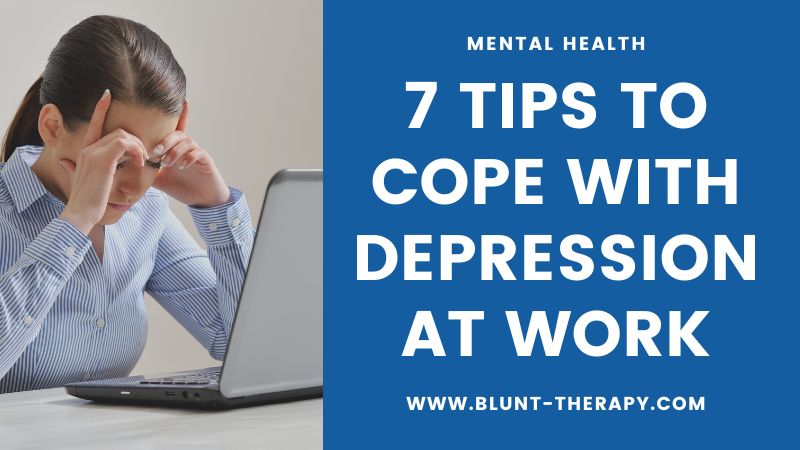
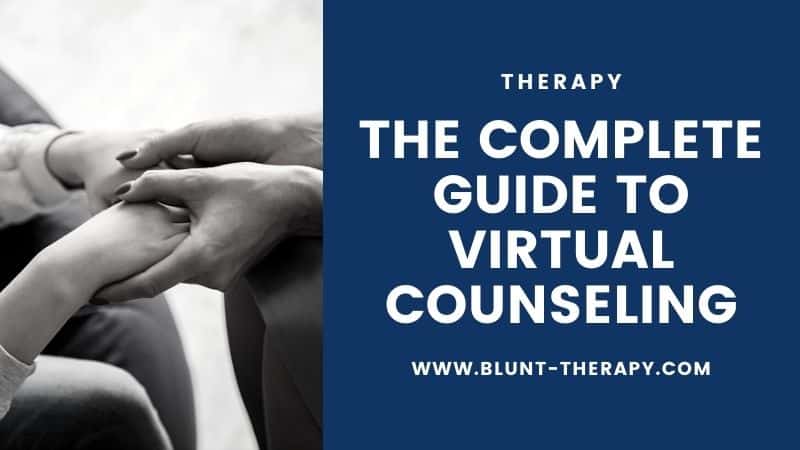


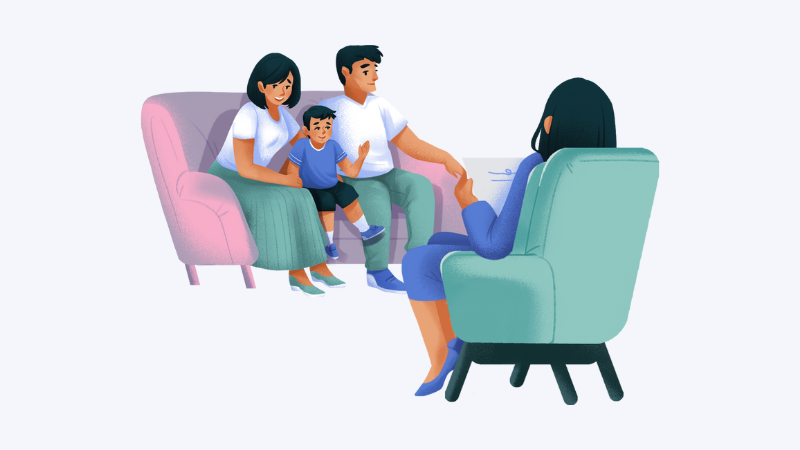

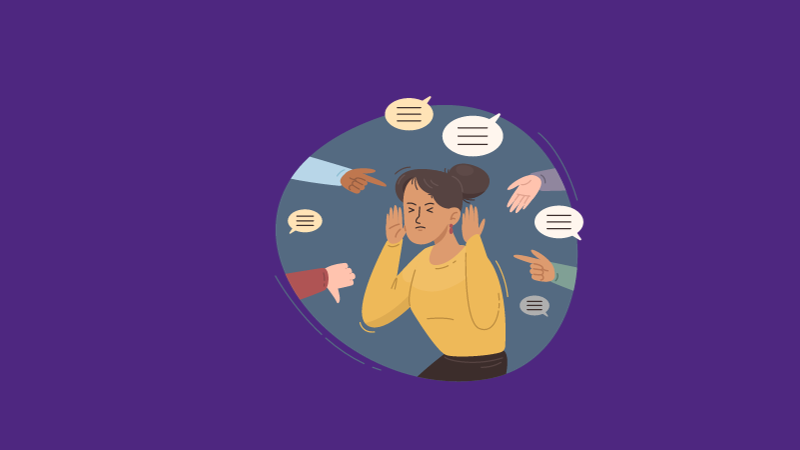
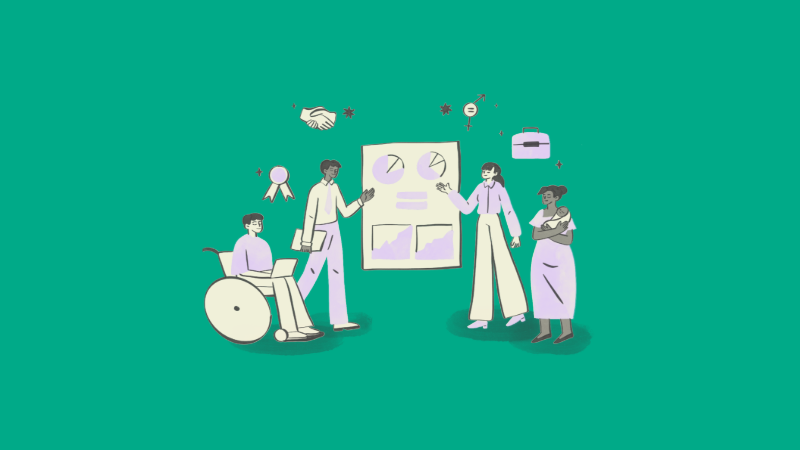
Thank you, thank you, thank you for this article and these tips. I will keep trying, and I will get my mind right.
Glad it helped and best of luck to you on your journey.
It was Truly a BLESSINGS! for me and Veterans I can share to help as well. God Bless You! Continue the Amazing! work. Thank You. Much Needed.
Glad it helped. Stay safe and stay well!
I’ve had severe PTSD for over thirty years due to a horrible traumatic upbringing and two alcoholic marriages. I am now homebound from fear. My loving husband takes care of me. I am alone and isolate. I can go to church, but cannot be real there. My story makes them uncomfortable. I can no longer help the less fortunate. Every time I reach out, I get retraumatized. I see a local therapist and I take meds. I don’t do recovery, because I’m not addicted to anything. Everyone in my family is. I’ve been victimized my entire life. I’ve been taught by the church to be a doormat as well.
I’m truly sorry to hear all that. Let me suggest to you that “recovery” is not only for addicts. Anyone who struggles with mental illness can be in recovery for it. Recovery is a philosophy and a mindset. I encourage you to take the steps you need to take in order to heal.